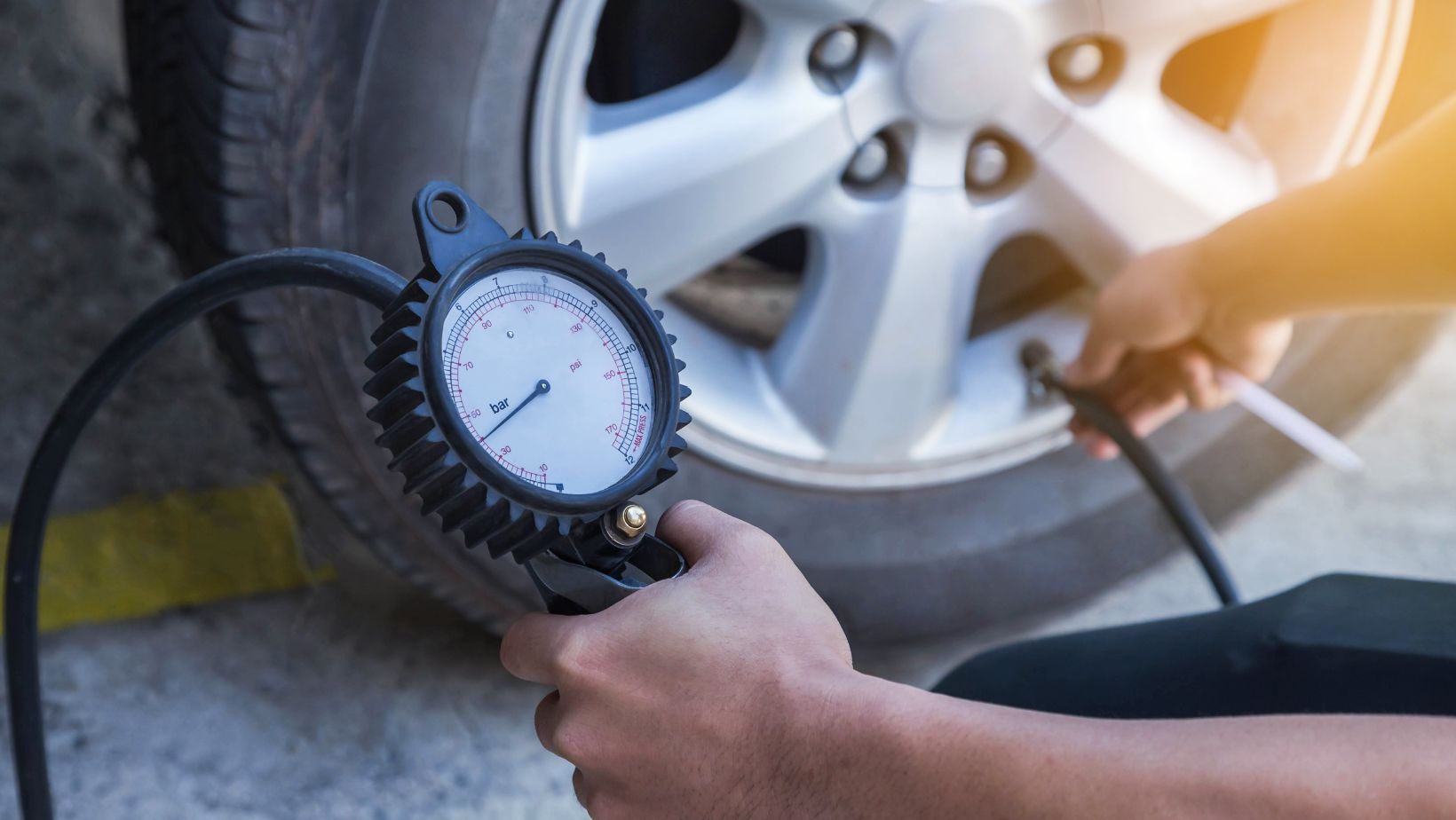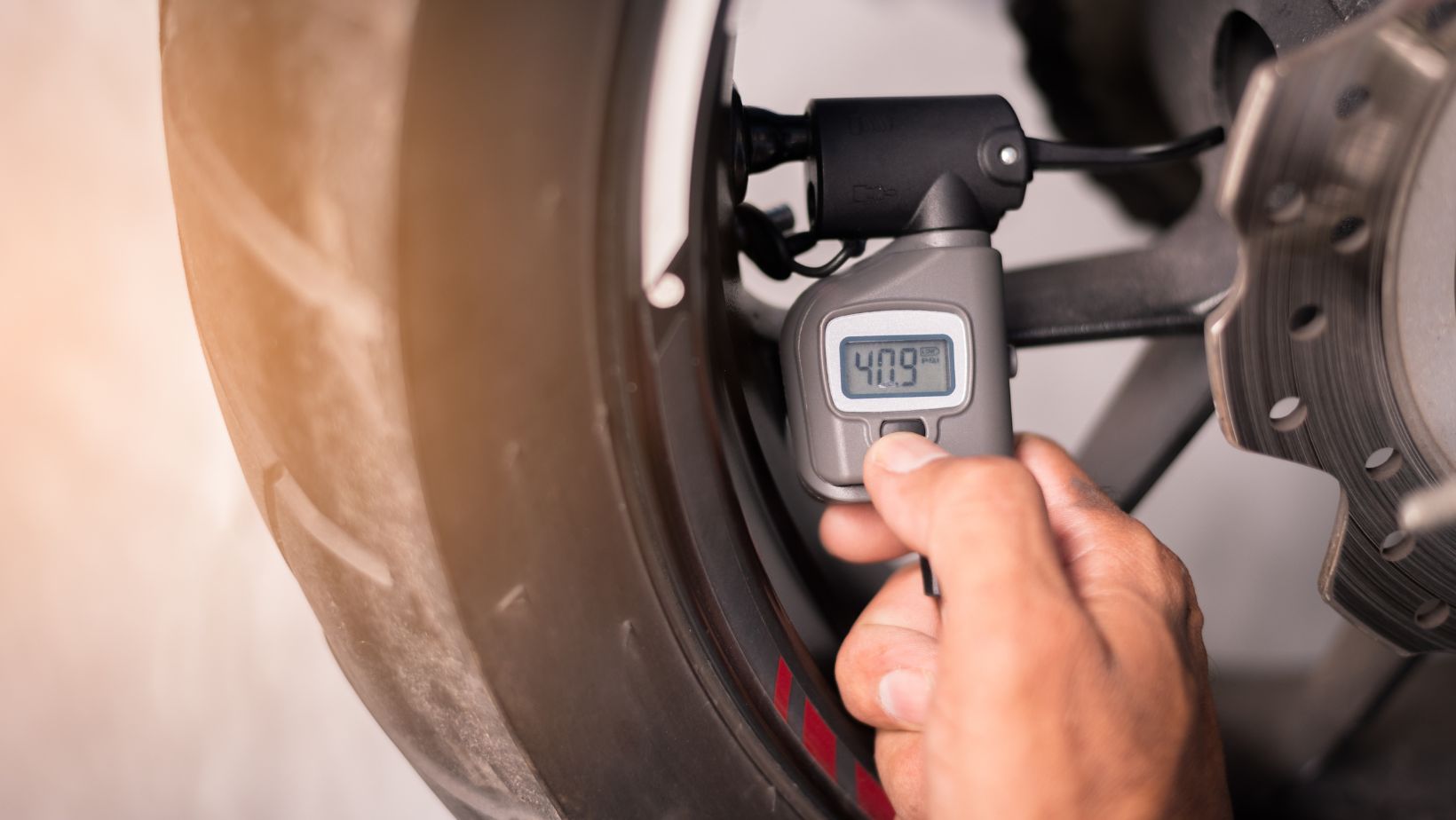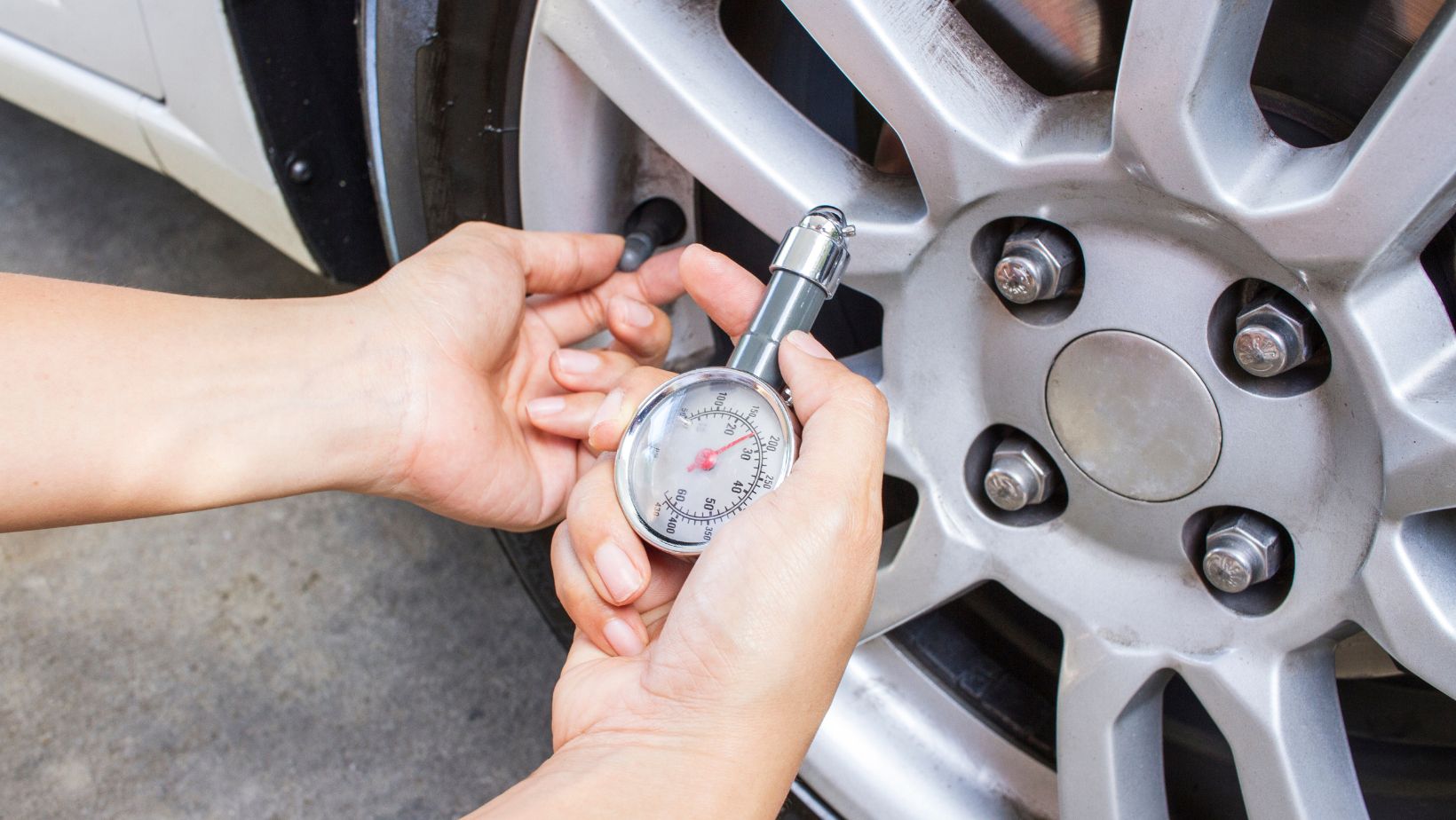
The Tire Pressure Monitoring System (TPMS) is one of the tools at a driver’s disposal to help ensure optimal vehicle performance and safety. The TPMS is a feature designed to monitor tire pressure levels. This guide explores various aspects of this system—from the importance of your TPMS light to understanding common issues and maintenance tips.
Purpose of TPMS
The development and widespread implementation of TPMS were influenced by safety concerns arising from high-profile tire failure incidents in the late 1990s. These events highlighted the need for systems that could warn drivers of underinflated tires to prevent potential accidents. Since then, TPMS has become a standard vehicle safety feature, enhancing driver safety and vehicle performance.
The TPMS monitors the air pressure inside tires and alerts drivers when it drops below the recommended level. Driving with low tire pressure can lead to uneven tire wear, reduced fuel efficiency, and potential handling problems. By alerting drivers when pressure is low, the TPMS helps prevent these issues, help provide safer driving conditions and extending the life of your tires.
Types of TPMS
There are two primary types of TPMS—direct TPMS and indirect TPMS.
- Direct TPMS: This system uses sensors mounted inside each tire to measure the exact pressure levels. These sensors send real-time data to the car’s onboard computer, which alerts the driver if any tire is underinflated.
- Indirect TPMS: Unlike direct TPMS, indirect systems do not use physical sensors to measure air pressure. Instead, they rely on the anti-lock braking system (ABS) wheel speed sensors to monitor each tires’ rotational speed. An underinflated tire rotates quicker than properly inflated tires, triggering a warning.
Both systems have advantages, but direct TPMS is generally more accurate as it provides actual pressure readings rather than estimations based on wheel speed.
TPMS Light
The TPMS light on your dashboard is your vehicle’s way of communicating tire pressure issues.

When this light illuminates, it usually indicates that one or more of your tires is below the recommended pressure level. Paying attention to this warning is important; low tire pressure can affect vehicle reliability and performance. If the TPMS light stays on or flashes, it might signal a problem with the system itself, such as a faulty sensor or a dead battery in a direct TPMS sensor.
Temperature Effects
Temperature changes can significantly affect tire pressure, causing fluctuations that may trigger the TPMS light even when there isn’t a puncture or leak. Cold weather often causes a drop in tire pressure because air molecules inside the tires contract taking up less space and leading to lower readings. Conversely, the air molecules expand in hot weather, which can increase tire pressure.
Drivers should be aware that a sudden drop in temperature could cause the TPMS light to come on even if the tires are not leaking. Regularly checking tire pressure during seasonal changes can help maintain optimal tire performance.
Common Issues
While TPMS is a valuable tool, it is not without its issues. Common problems with TPMS include:
- Sensor Malfunction: Over time, TPMS sensors can wear out or malfunction due to exposure to harsh road conditions or moisture. Additionally, certain tire sealants can compromise the accuracy of these sensors—it’s important to check the compatibility of additives with your TPMS to ensure reliable readings. This can cause inaccurate readings or a failure to detect low tire pressure.
- Battery Life: Direct TPMS sensors are battery-operated and typically last between 5 to 10 years. When a sensor battery dies, the entire sensor needs to be replaced.
- Calibration Issues: To maintain accuracy for indirect TPMS, recalibration may be needed after tire rotations, replacements, or adjustments.
Consult a professional when these issues arise to ensure problems are properly addressed. For reliable service, consider scheduling an auto repair to check the TPMS.
Maintenance Tips
Even if the TPMS light hasn’t come on, regularly checking your tire pressure with a gauge is important. Regular checks help you avoid potential issues that might not trigger the TPMS light immediately.

Here are some key maintenance tips:
- Use a Tire Pressure Gauge: Check your tire pressure at least once a month and before long trips using a reliable tire pressure gauge.
- Inspect Your Tires: Look for visible signs of wear, punctures, or embedded debris that might not trigger the TPMS light but could affect your tires’ performance.
- Rotate Your Tires: Regular tire rotations promote even tire wear and can help maintain the accuracy of indirect TPMS systems.
Following these simple maintenance steps can promote optimal tire performance and longevity.
Professional Servicing
Visit a professional service center for accurate diagnostics and effective repairs. Technicians have specialized tools and knowledge to diagnose and repair TPMS-related issues. Whether it’s recalibrating an indirect system, replacing a faulty sensor, or resolving other TPMS-related problems, professional assistance helps ensure that your TPMS is functioning properly.
Consider visiting a trusted service center like Pep Boys for TPMS sensor checks and replacements. A professional inspection can provide peace of mind and maintain optimal tire pressure for a smoother, more comfortable ride.
Wrapping Up
Understanding your Tire Pressure Monitoring System (TPMS) and its role in maintaining tire health helps ensure a reliable and smooth driving experience. Keep your vehicle in peak condition through regular maintenance and understanding how your TPMS functions and what the TPMS light signifies. For comprehensive TPMS servicing and to address any issues, visit a professional service center. Remember, proactive care of your tires and TPMS helps promote vehicle performance and longevity.


















